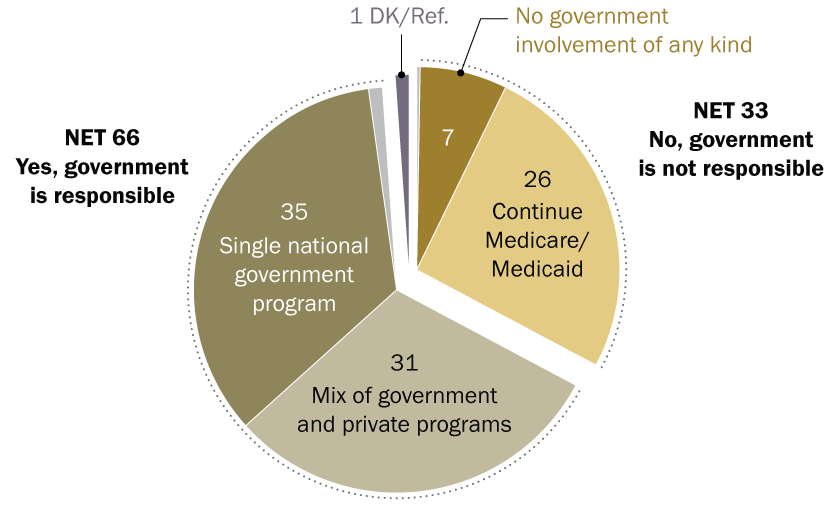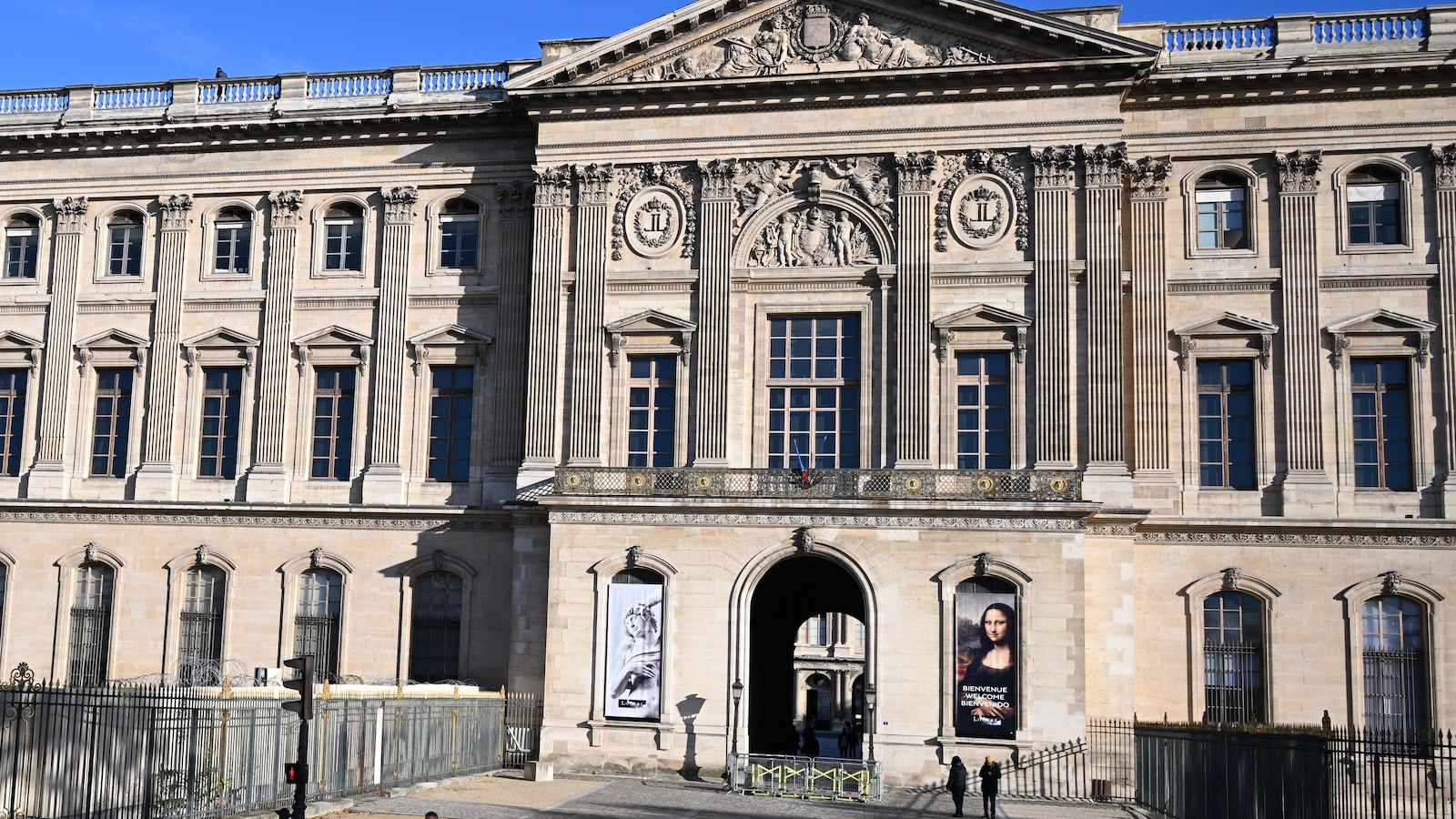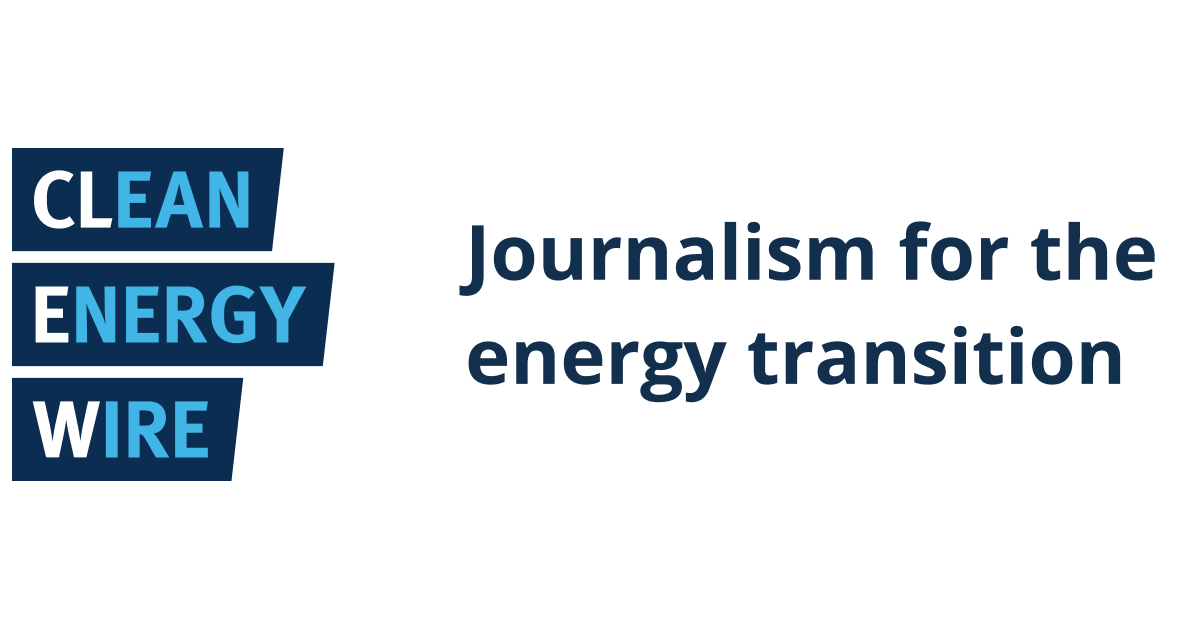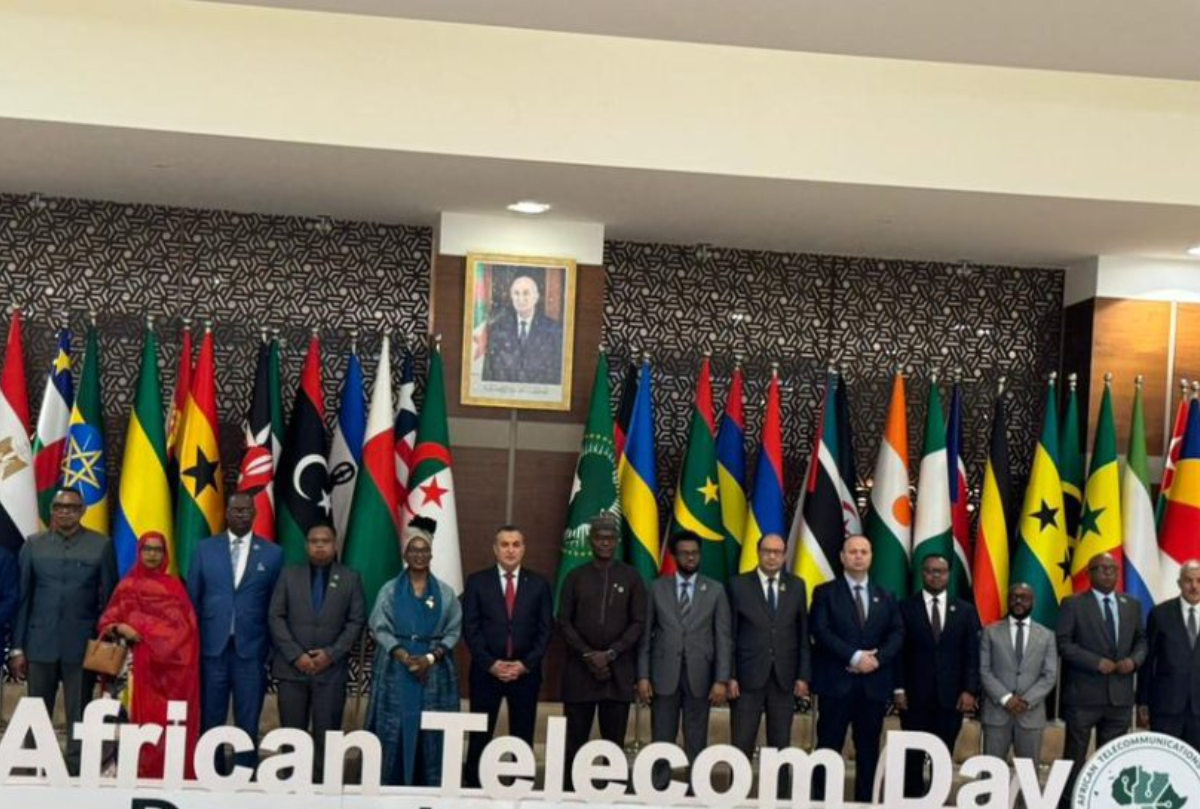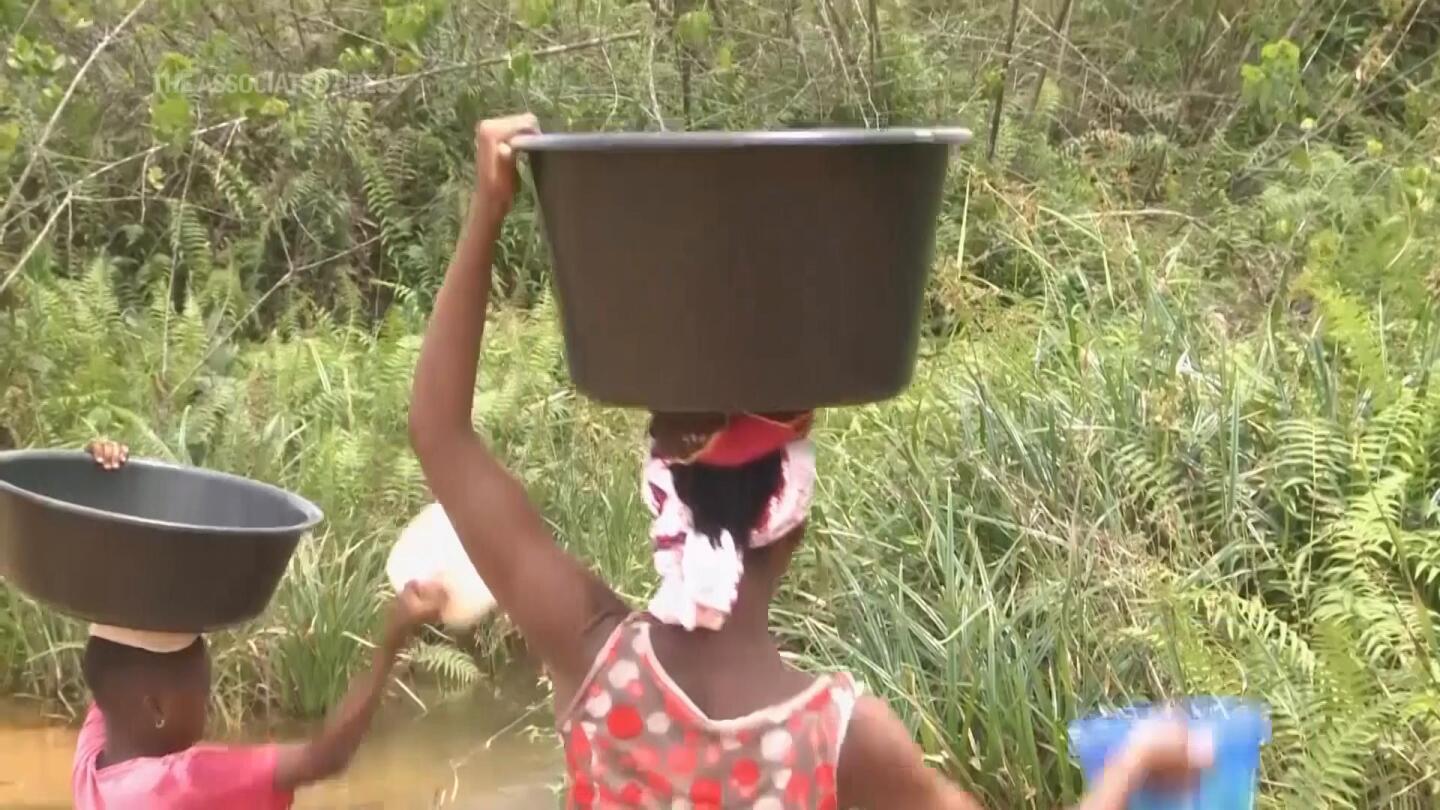Kansas River Wastewater Treatment Plant Improvements Project – City of Lawrence, Kansas
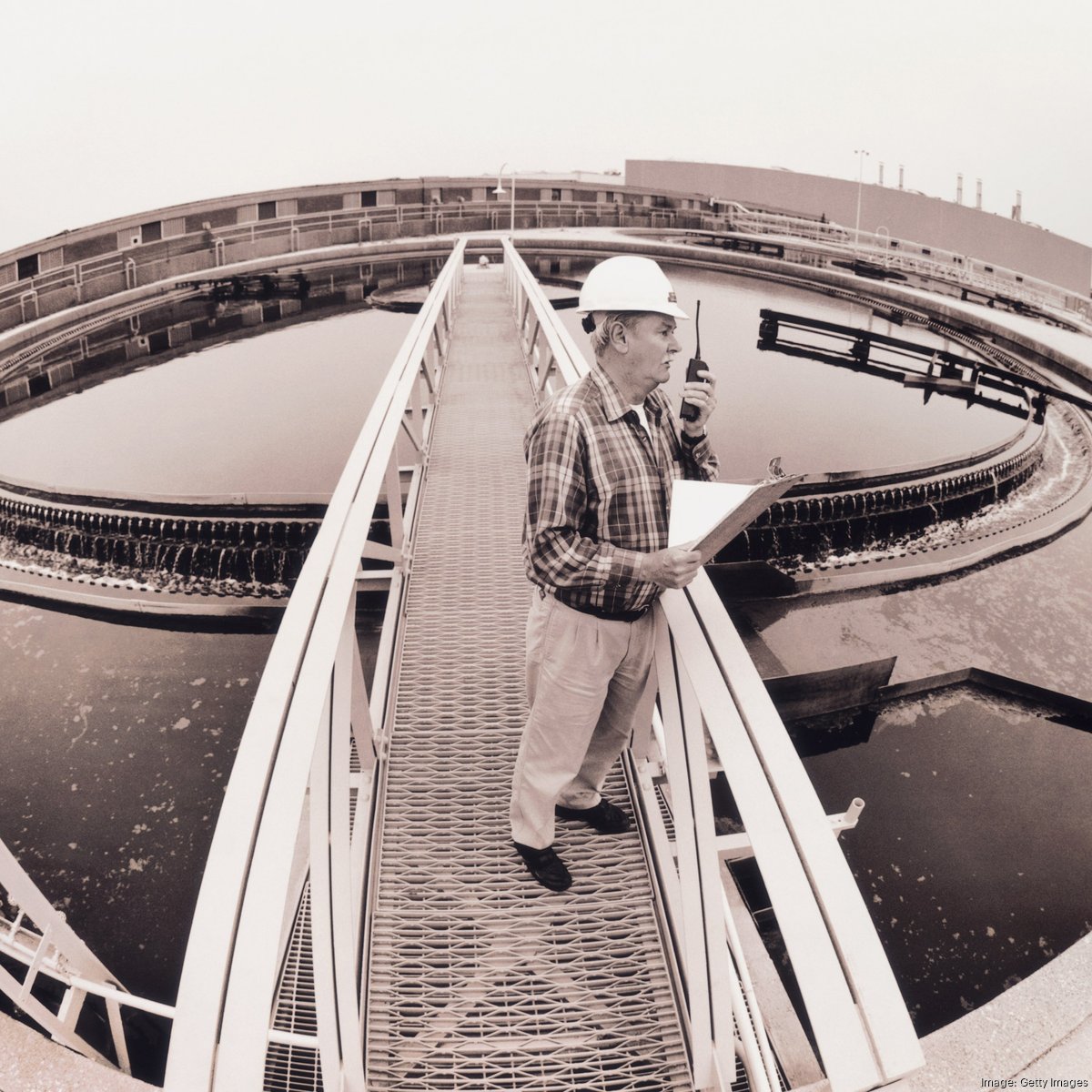
Report on the Kansas River Wastewater Treatment Plant Upgrade Project
1.0 Introduction and Strategic Objectives
The City of Lawrence is undertaking a significant infrastructure renewal project at the Kansas River Wastewater Treatment Plant (KRWWTP). This $70 million initiative represents a critical investment in sustainable municipal services. The project’s primary objectives are to upgrade aging infrastructure, enhance asset management, and comply with advanced nutrient removal limits mandated by regulatory bodies. This undertaking directly supports the city’s commitment to environmental stewardship and aligns with several United Nations Sustainable Development Goals (SDGs), particularly those concerning water, infrastructure, and sustainable communities.
The KRWWTP, operational since 1956, is a cornerstone of the city’s public health infrastructure, processing an average of 8 million gallons daily (MGD), which constitutes 80% of the city’s total wastewater flow. The upgrades are essential for ensuring the long-term resilience and environmental performance of this vital facility.
2.0 Alignment with Sustainable Development Goals (SDGs)
This project makes substantial contributions to the global sustainability agenda. The planned upgrades are directly aligned with the following SDGs:
- SDG 6: Clean Water and Sanitation: The project’s core mission is to improve wastewater treatment processes, ensuring the safe return of effluent to the Kansas River. By implementing advanced nutrient removal and UV disinfection, the project directly improves water quality and protects aquatic ecosystems.
- SDG 9: Industry, Innovation, and Infrastructure: The initiative focuses on building resilient infrastructure by replacing aging components and integrating modern, efficient technologies. The adoption of a new SCADA system and BNR processes represents an investment in innovative and sustainable industrial practices.
- SDG 11: Sustainable Cities and Communities: By upgrading essential public services, the project enhances the sustainability and resilience of the City of Lawrence. It ensures the community’s wastewater infrastructure can meet future regulatory and capacity demands, safeguarding public and environmental health.
- SDG 14: Life Below Water: A key driver for the project is the reduction of nutrient pollution (nitrogen and phosphorus). The transition to a Biological Nutrient Removal process will significantly decrease the discharge of these pollutants, mitigating their harmful impact on aquatic life in the Kansas River.
3.0 Project Scope and Technological Enhancements
McCarthy Building Companies Inc. will serve as the Construction Manager At Risk (CMAR) to execute a comprehensive scope of work. The key upgrades are designed to enhance efficiency, safety, and environmental protection, contributing to SDG 9 and SDG 6.
-
Process Modernization for Enhanced Water Quality (SDG 6 & 14)
The plant will transition from a conventional aeration process to a Biological Nutrient Removal (BNR) system. This involves:
- Converting four aeration basins to BNR basins.
- Repurposing an existing sludge holding tank into a return activated sludge (RAS) fermenter.
- Installing gearless, high-speed turbo blowers for improved energy efficiency.
- Constructing a new thickened waste-activated sludge tank.
-
Adoption of Sustainable Disinfection Technology (SDG 6)
A chlorine contact basin will be converted into a modern Ultraviolet (UV) disinfection facility. This eliminates the use of chlorine, a chemical disinfectant, in favor of a more environmentally sustainable process that effectively neutralizes pathogens without producing harmful byproducts.
-
Infrastructure and Systems Renewal (SDG 9 & 11)
Significant upgrades will be made to foundational systems to improve reliability and operational control:
- Replacement of major motor control centers and upgrades to electrical equipment.
- Construction of a new Supervisory Control and Data Acquisition (SCADA) facility with a new fiber loop, enabling more efficient system monitoring and management.
- Modernization of grit handling equipment to meet current standards.
4.0 Regulatory Compliance and Conclusion
These comprehensive improvements are necessary to meet the stringent requirements of the National Pollutant Discharge Elimination System (NPDES) permit issued by the Kansas Department of Health and Environment (KDHE). The KRWWTP upgrade project is a forward-looking investment that positions the City of Lawrence as a leader in sustainable water management. By integrating advanced technology and prioritizing environmental outcomes, the project ensures the protection of public health and vital water resources for future generations, fulfilling the city’s commitment to the principles outlined in the Sustainable Development Goals.
Analysis of SDGs, Targets, and Indicators
1. Which SDGs are addressed or connected to the issues highlighted in the article?
-
SDG 6: Clean Water and Sanitation
This goal is central to the article. The entire project focuses on upgrading the Kansas River Wastewater Treatment Plant to improve the quality of treated wastewater (effluent) discharged into the river. The article explicitly mentions “nutrient removal,” “wastewater treatment,” and meeting regulatory requirements for pollutant discharge, all of which are core components of SDG 6.
-
SDG 9: Industry, Innovation, and Infrastructure
The project is a significant infrastructure undertaking. The article highlights the “$70M project” to “upgrade aging infrastructure” from 1956. It involves replacing electrical equipment, building a new SCADA facility, and converting to modern, sustainable technologies like Biological Nutrient Removal (BNR) and UV disinfection. This directly relates to developing quality, reliable, and sustainable infrastructure.
-
SDG 11: Sustainable Cities and Communities
The project is a municipal initiative by the “City of Lawrence” to enhance its essential services and reduce its environmental footprint. By improving how it manages the “80% of the city’s wastewater,” Lawrence is working to reduce its adverse environmental impact and make the city more sustainable, which aligns with the objectives of SDG 11.
2. What specific targets under those SDGs can be identified based on the article’s content?
-
Target 6.3: Improve water quality by reducing pollution and increasing wastewater treatment
The project’s primary goal is to “address further nutrient removal limits” and meet “National Pollutant Discharge Elimination System (NPDES) regulatory permit requirements.” This directly aims to improve water quality by reducing pollution from the discharged effluent. The conversion to a “biological nutrient removal (BNR) treatment process” is a specific action to achieve this target.
-
Target 9.1: Develop quality, reliable, sustainable and resilient infrastructure
The article describes a major upgrade to a “longstanding institution of Lawrence infrastructure” that was originally opened in 1956. The project includes “upgrading aging infrastructure,” replacing major electrical components, and building a “new Supervisory Control and Data Acquisition (SCADA) facility” to “more efficiently monitor and address system challenges,” thereby enhancing the reliability and resilience of the city’s water infrastructure.
-
Target 9.4: Upgrade infrastructure and retrofit industries for sustainability
The project focuses on making the plant more sustainable. The article states the upgrades are part of the city’s “mission towards increased sustainability.” Specific examples include converting from a chlorine-based disinfection process to a “new UV facility, which utilizes a different disinfectant process that is more environmentally friendly and sustainable,” and upgrading to “gearless, high-speed turbo blowers,” which are more energy-efficient technologies.
-
Target 11.6: Reduce the adverse environmental impact of cities
The project directly addresses the management of municipal waste (wastewater) for the City of Lawrence. By improving the treatment of 8 million gallons of wastewater per day, the city is actively working to reduce its environmental impact on the Kansas River, which is a key aspect of this target.
3. Are there any indicators mentioned or implied in the article that can be used to measure progress towards the identified targets?
-
Indicator 6.3.1: Proportion of domestic and industrial wastewater flows safely treated
The article implies this indicator by stating the plant processes a “daily average flow of 8 million gallons every day (MGD)” and obtains “80% of the city’s wastewater.” The project’s success can be measured by the improved quality of this treated wastewater, ensuring it meets “NPDES regulatory permit requirements,” which defines what is considered “safely treated.”
-
Indicator of Investment in Infrastructure (related to Target 9.1)
The article provides a clear financial metric for infrastructure investment: the project is valued at “$70M.” This figure serves as a direct indicator of the financial commitment to upgrading and developing sustainable infrastructure.
-
Indicator of Adoption of Clean Technologies (related to Target 9.4)
The article mentions specific technological upgrades that serve as indicators of progress. These include the “converting from aeration to a biological nutrient removal (BNR) treatment process” and the “converting a chlorine contact basin into a new UV facility.” The implementation of these technologies is a measurable step towards more sustainable industrial processes.
-
Indicator of Pollutant Levels in Discharged Water (related to Target 6.3 and 11.6)
While not providing specific numbers, the article implies this indicator by referencing the need to meet “nutrient removal limits” and “NPDES regulatory permit requirements.” Progress would be measured by monitoring the levels of nutrients and other pollutants in the plant’s effluent to ensure compliance with these standards, thereby measuring the reduction in the city’s environmental impact.
4. Table of SDGs, Targets, and Indicators
| SDGs | Targets | Indicators |
|---|---|---|
| SDG 6: Clean Water and Sanitation | Target 6.3: By 2030, improve water quality by reducing pollution, eliminating dumping and minimizing release of hazardous chemicals and materials, halving the proportion of untreated wastewater and substantially increasing recycling and safe reuse globally. |
|
| SDG 9: Industry, Innovation, and Infrastructure |
Target 9.1: Develop quality, reliable, sustainable and resilient infrastructure…
Target 9.4: By 2030, upgrade infrastructure and retrofit industries to make them sustainable… with greater adoption of clean and environmentally sound technologies… |
|
| SDG 11: Sustainable Cities and Communities | Target 11.6: By 2030, reduce the adverse per capita environmental impact of cities, including by paying special attention to air quality and municipal and other waste management. |
|
Source: lawrenceks.org

What is Your Reaction?
 Like
0
Like
0
 Dislike
0
Dislike
0
 Love
0
Love
0
 Funny
0
Funny
0
 Angry
0
Angry
0
 Sad
0
Sad
0
 Wow
0
Wow
0

























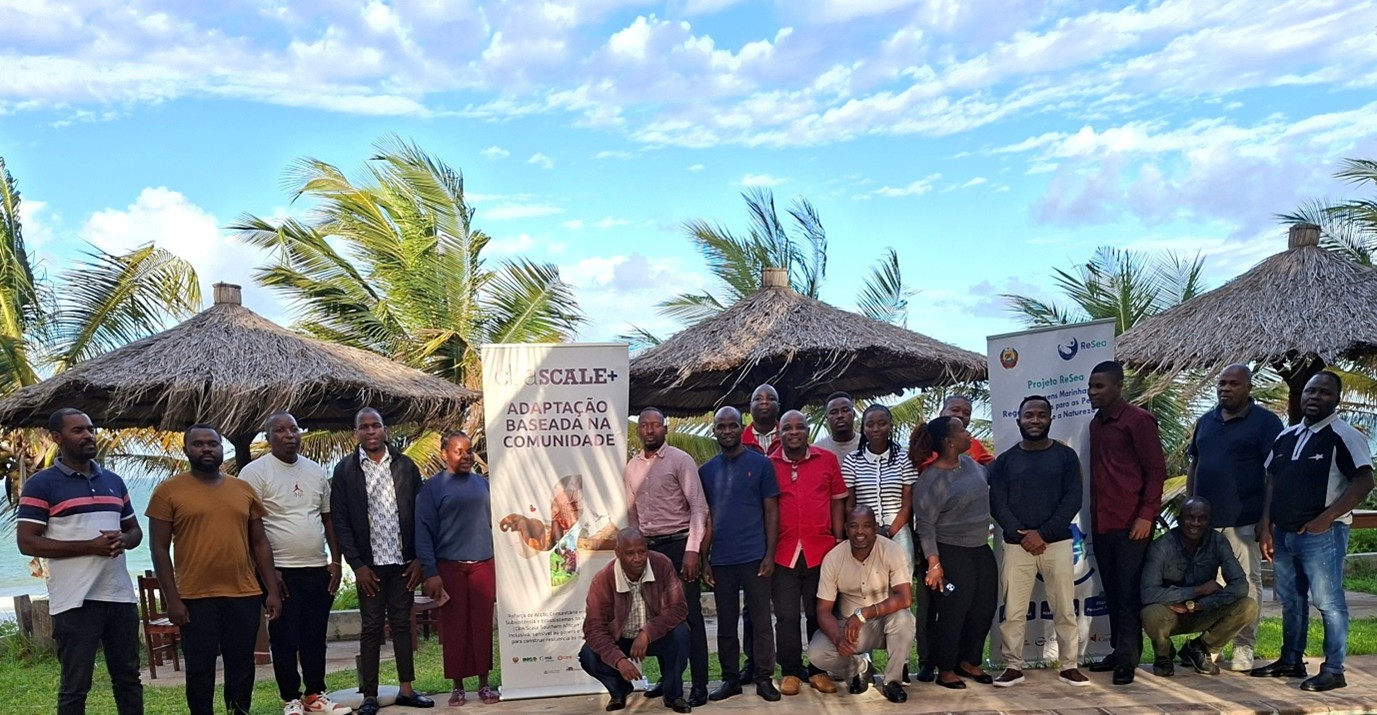









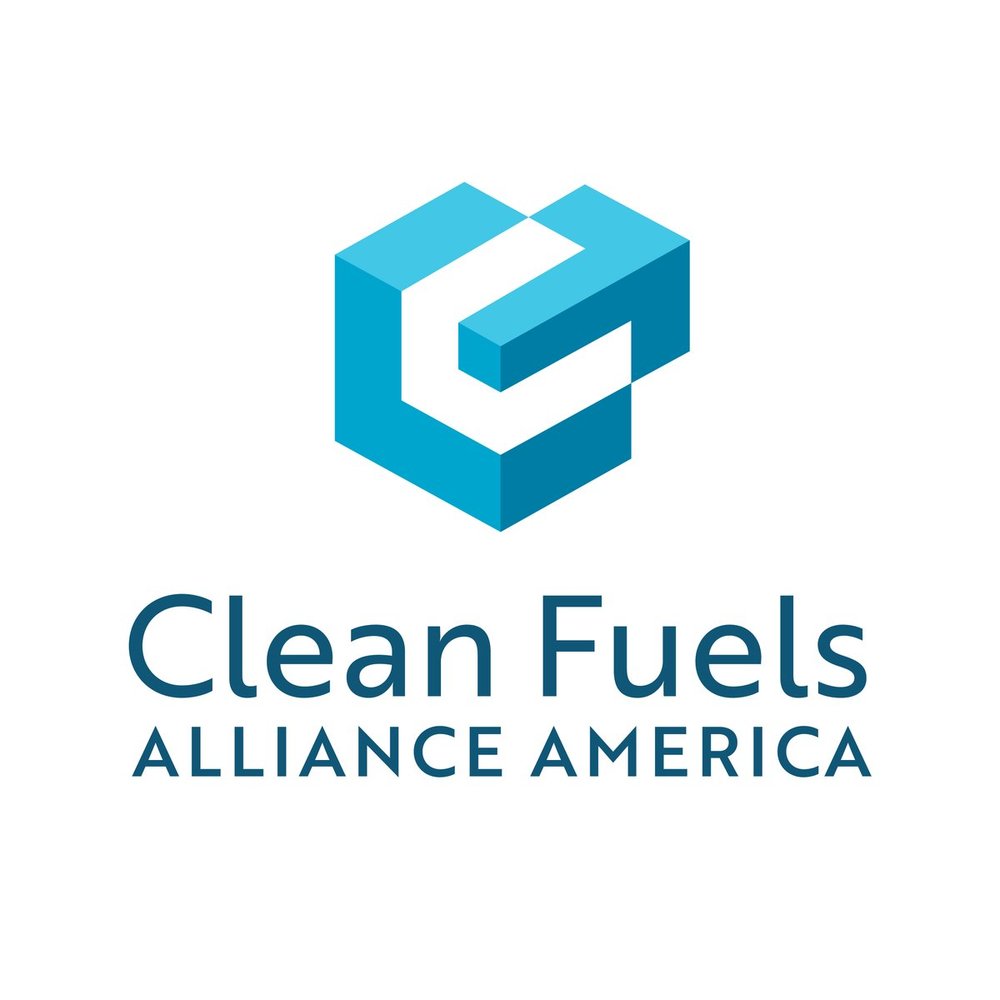
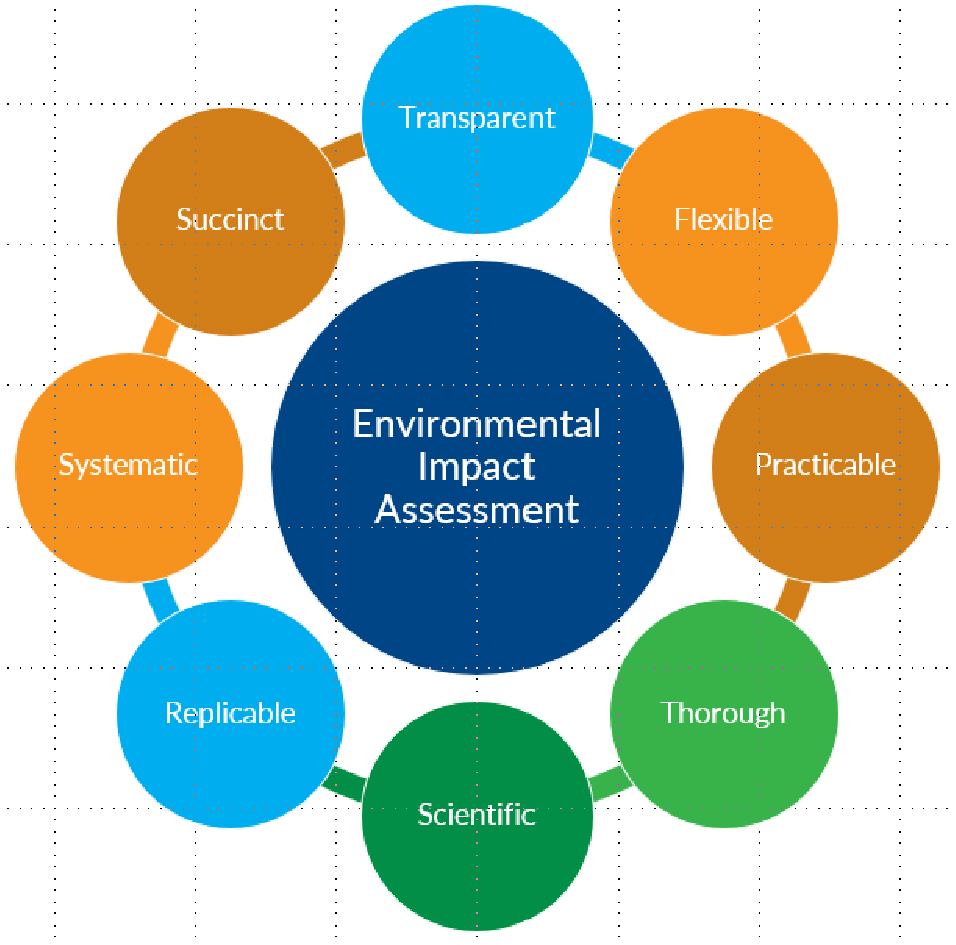





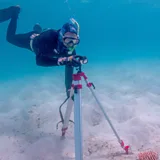
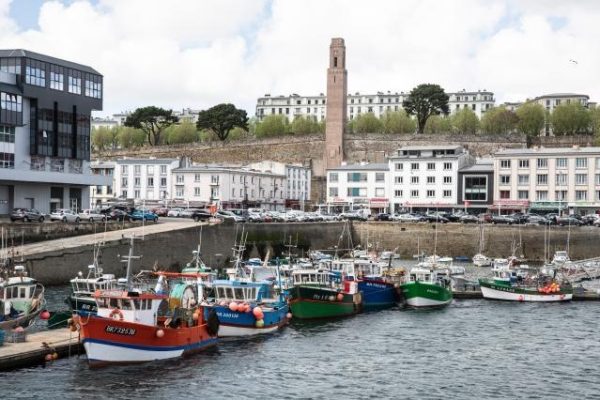
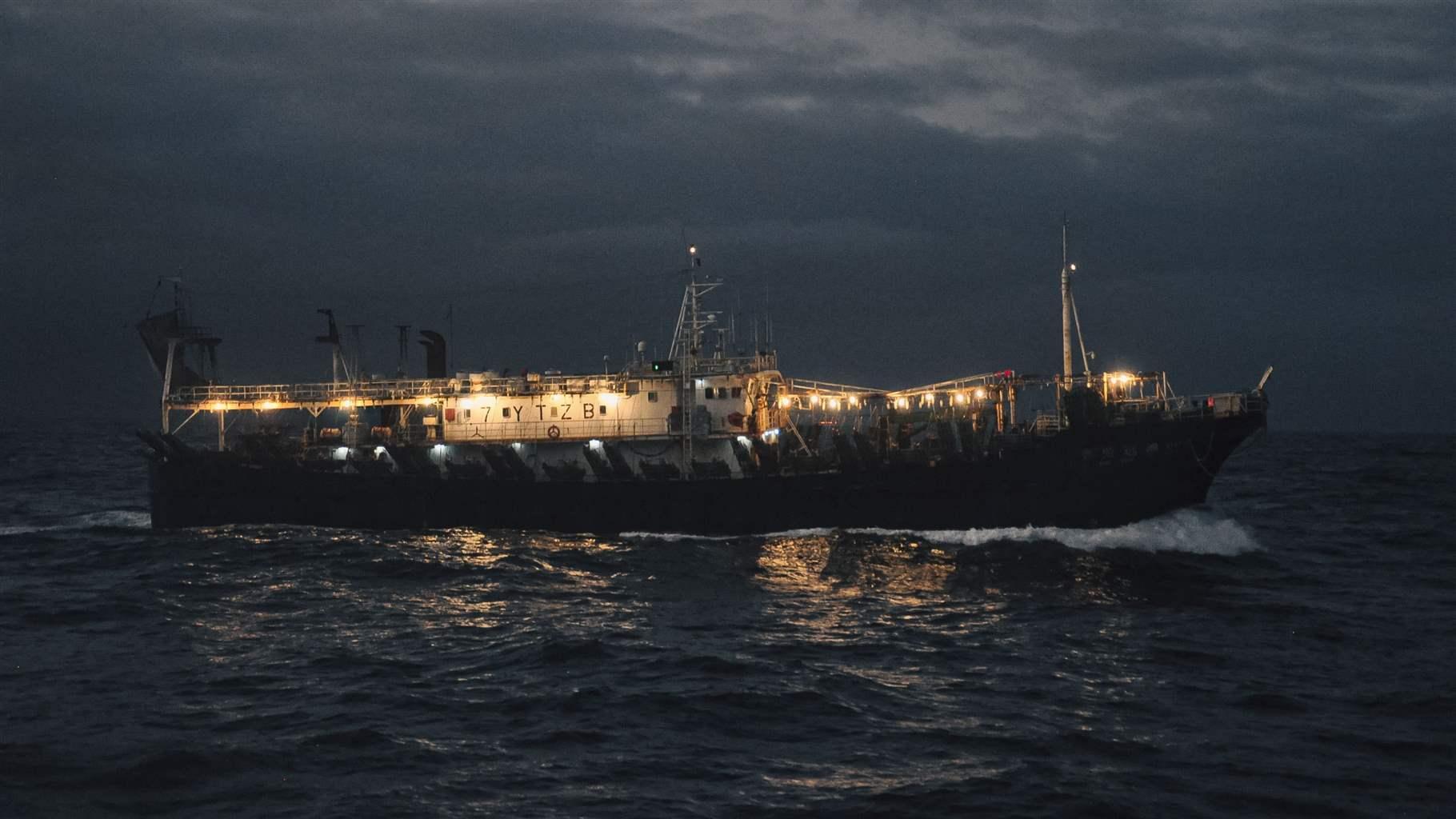



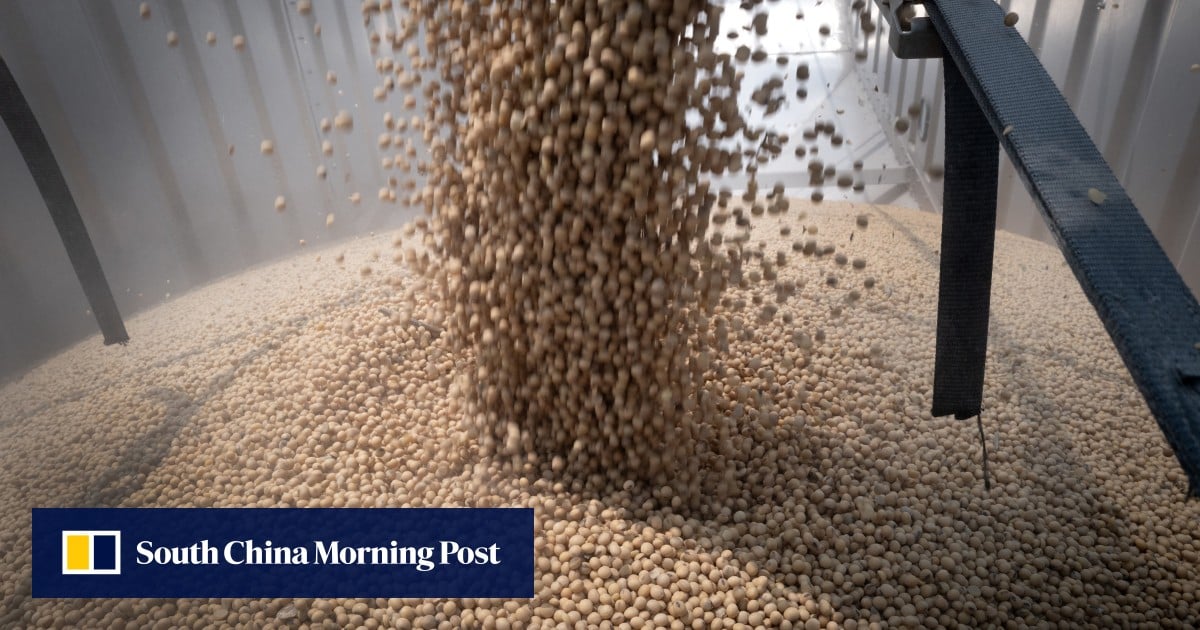

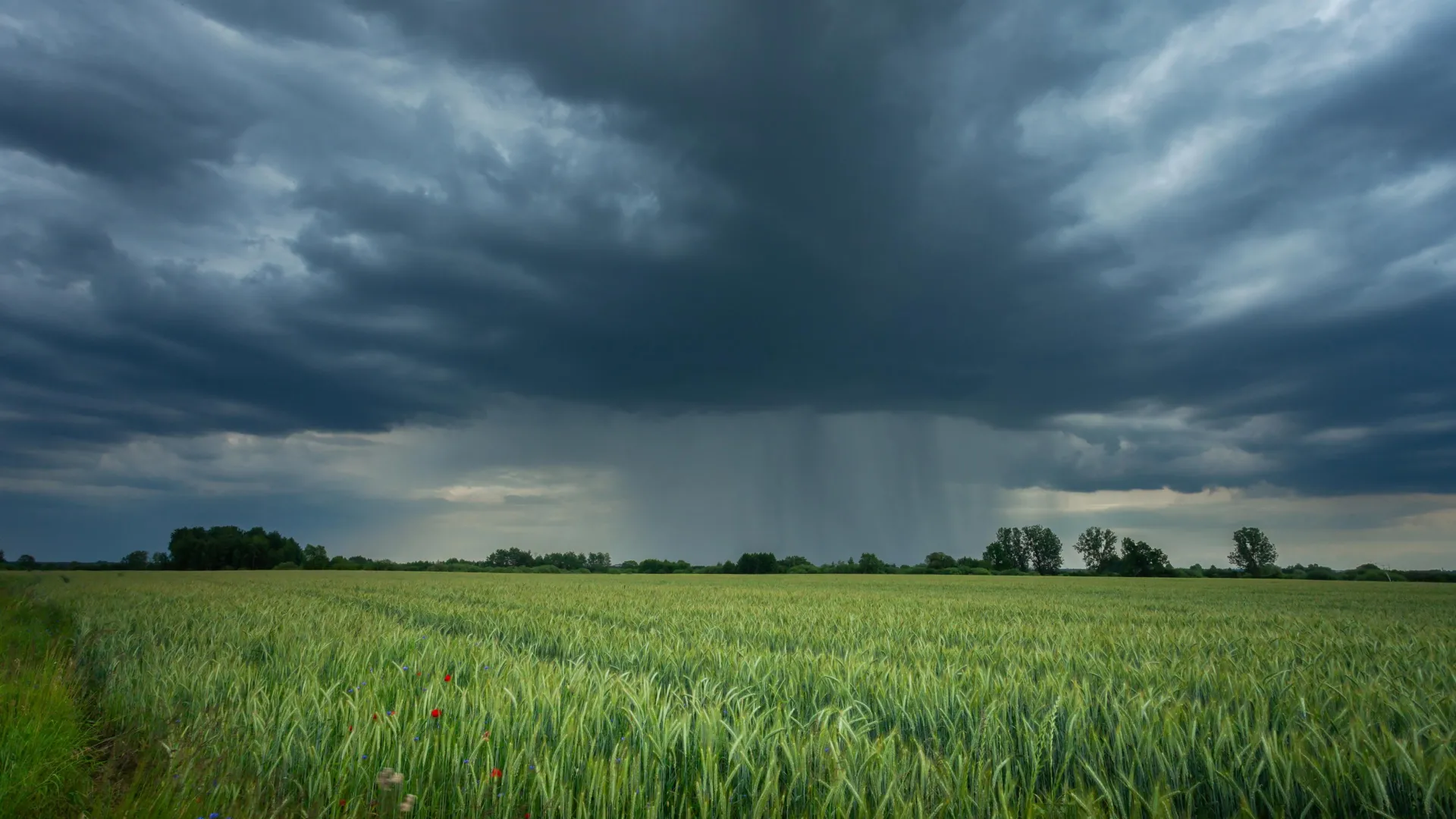

.jpg.webp?itok=0ZsAnae9#)




